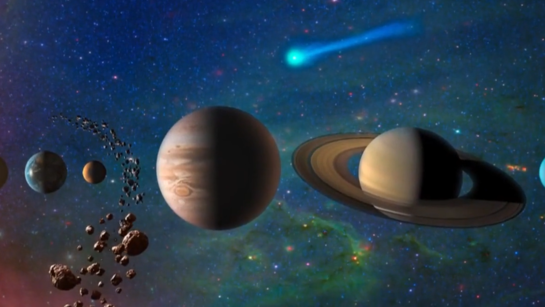During its survey of the Orion Nebula, the James Webb Telescope identified around 40 pairs of these massive objects. These have been playfully named “JuMBOs,” which stands for “Jupiter Mass Binary Objects.”
What’s particularly remarkable about these JuMBOs is that they are found freely drifting in space, unaffected by the gravitational pull of any nearby star. This discovery challenges conventional planet definitions since they do not orbit a parent star, which has left astronomers puzzled.
The European Space Agency (ESA) has put forth two potential explanations for the origin of these colossal objects. First, they speculate that these planets may have formed in nebular regions with insufficient material to create complete stars, as all of them appear to be starless. Alternatively, it’s possible that these planets initially formed around stars but were later ejected due to gravitational interactions.
A prevailing theory, known as the “ejection hypothesis,” suggests that the behaviour of gas in space might hold the key to understanding this phenomenon. According to this theory, planets as massive as Jupiter should be relatively stable in their orbits around stars. However, the mystery deepens when considering how two Jupiter-sized planets could be ejected from their star systems simultaneously. Theorists are still working on plausible explanations.
Dr. Ed Bloomer, an astronomer, has shared intriguing insights into the events unfolding in the Orion Nebula. This region is of particular interest to scientists as it has witnessed the emergence of numerous young planetary systems.
The prevailing confusion among scientists underscores the need for a reevaluation of our existing ideas about planetary formation and growth. Our understanding of this aspect of space science may be incomplete, and the Orion Nebula could provide a unique opportunity for discovery.
The James Webb Telescope, operational since its launch in 2021, continues to amaze us with its stunning visuals, significantly enhancing our comprehension of the universe. It has captured extraordinary images of the earliest known galaxies, black holes, and a wealth of data contributing to our understanding of the cosmos. Webb’s capabilities are said to be 100 times more potent than those of the Hubble Telescope.


